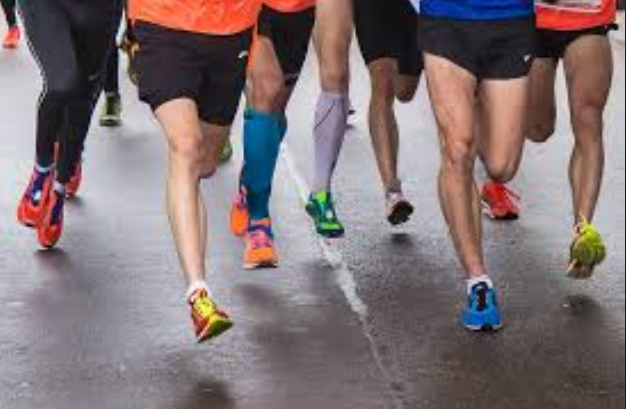Podcast #140: Running, hallux amputation, building deeper gait concepts.
/Topics:
hallux amputation, achilles tendon, achilles tendinopathy, rehab achilles, bursae, marathons, vapourfly, shoes, shoe fit, gait, gait problems, gait correction, gait retraining, running, foot strike, heel strike, midfoot strike, rearfoot strike, heel strike, loading responses, gait rehab, muscle strength, isotonics
Links to find the podcast:
Look for us on iTunes, Google Play, Podbean, PlayerFM and more.
Just Google "the gait guys podcast".
Our Websites:
www.thegaitguys.com
doctorallen.co
summitchiroandrehab.com
shawnallen.net
Our website is all you need to remember. Everything you want, need and wish for is right there on the site.
Interested in our stuff ? Want to buy some of our lectures or our National Shoe Fit program? Click here (thegaitguys.com or thegaitguys.tumblr.com) and you will come to our websites. In the tabs, you will find tabs for STORE, SEMINARS, BOOK etc. We also lecture every 3rd Wednesday of the month on onlineCE.com. We have an extensive catalogued library of our courses there, you can take them any time for a nominal fee (~$20).
Our podcast is on iTunes and just about every other podcast harbor site, just google "the gait guys podcast", you will find us.
Where to find us, the podcast Links:
iTunes page:
https://itunes.apple.com/us/podcast/the-gait-guys-podcast/id559864138?mt=2
Google Play:
https://play.google.com/music/m/Icdfyphojzy3drj2tsxaxuadiue?t=The_Gait_Guys_Podcast
Direct download URL: http://traffic.libsyn.com/thegaitguys/pod_140real_-_10618_9.18_AM.mp3
Permalink URL: http://thegaitguys.libsyn.com/podcast-140-running-hallux-amputation-building-running-concepts
Libsyn Directory URL:http://directory.libsyn.com/episode/index/id/7135745
Topics and links:
The tendinopathic Achilles tendon does not remain iso-volumetric upon repeated loading: insights from 3D ultrasound. Nuri L, et al. J Exp Biol. 2017.
https://www.ncbi.nlm.nih.gov/m/pubmed/28620014/
Good tip to decrease loading and help decrease injury risk in runners: See study by Chan et al.:
http://journals.sagepub.com/doi/abs/10.1177/0363546517736277?url_ver=Z39.88-2003&rfr_id=ori%3Arid%3Acrossref.org&rfr_dat=cr_pub%3Dpubmed&
Vapourfly shoe
https://www.nytimes.com/interactive/2018/07/18/upshot/nike-vaporfly-shoe-strava.html
Men’s marathon:
https://twitter.com/chrisbramah/status/1019481750039343104/photo/1
fun facts:
Foot strike patterns of the World Championships Marathon:
Women’s race:
73% rearfoot, 24% midfoot, 3% forefoot
Men’s race:
67% rearfoot, 30% midfoot, 3% forefoot
pic.twitter.com/iWRzjImQBZ
https://www.iaaf.org/about-iaaf/documents/research#biomechanical-research-projects
Foot structure and stiffness is critical
https://www.nature.com/articles/srep29870
Tendons can change
Progressive calf strength training led to increased achilles stiffness @ 4 weeks & increased tendon cross sectional area @ 8 weeks
https://link.springer.com/article/10.1007/s00421-018-3904-1
Bursae can thicken painlessly as a normal adaption to activity... just like skin calluses!
https://www.ncbi.nlm.nih.gov/pubmed/24907190
Between 63-72% of participants were wearing incorrectly sized footwear. review of the literature here from @LTPodiatry team:
https://jfootankleres.biomedcentral.com/articles/10.1186/s13047-018-0284-z
How Neuroscientists Explain the Mind-Clearing Magic of Running -- from the Science of Us
https://www.huffingtonpost.com/science-of-us/how-neuroscientists-expla_b_9787466.html























